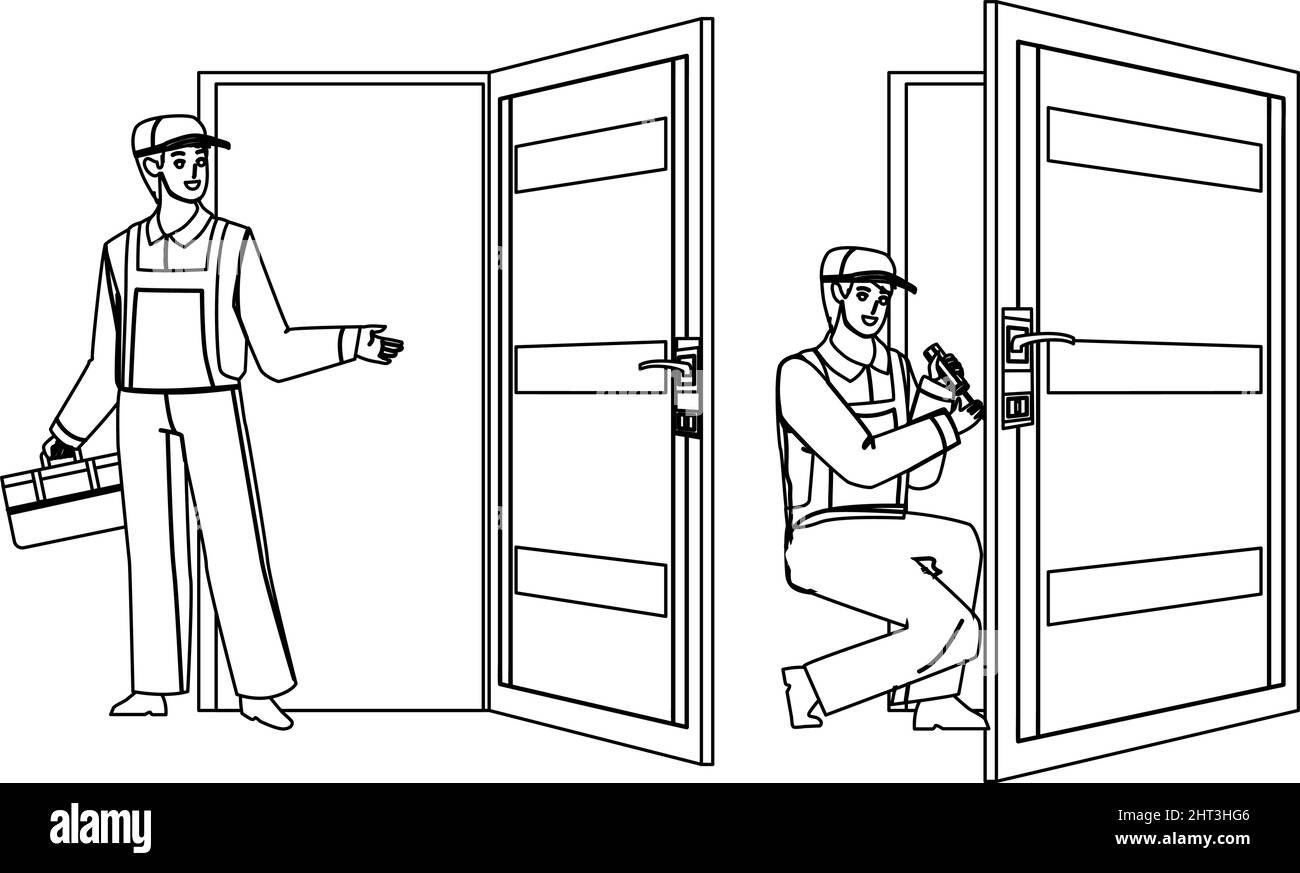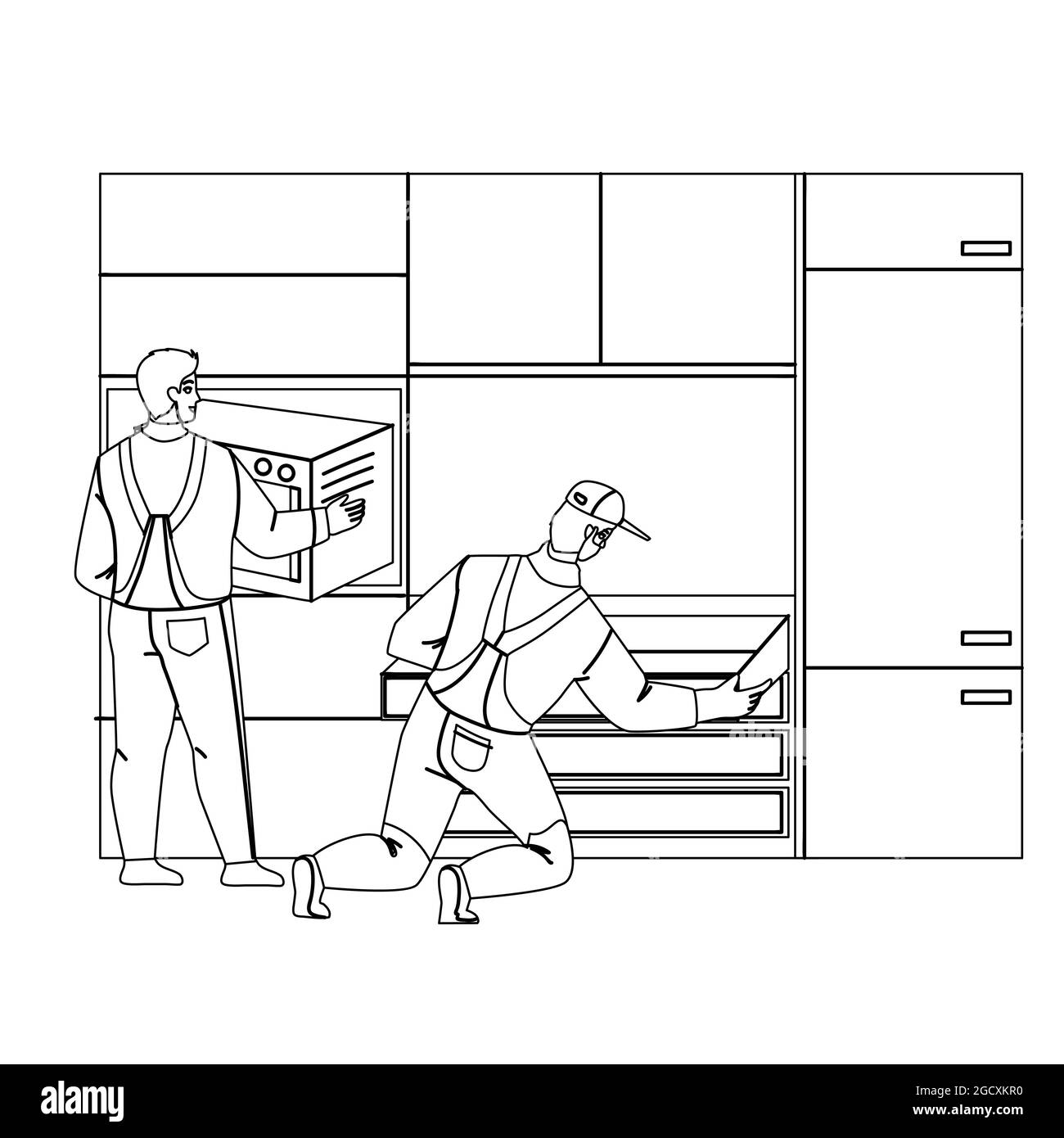
How to Install a Subwoofer in Your Trunk: A Comprehensive Guide
Adding a subwoofer to your car’s audio system can significantly enhance the listening experience, providing deeper bass and richer sound. While professional installation is always an option, installing a subwoofer in your trunk can be a rewarding DIY project. This guide will walk you through the process step-by-step, ensuring a successful installation and improved sound quality.
I. Gathering the Necessary Tools and Materials
Before you begin, gather all the necessary tools and materials. This will save you time and frustration during the installation process.
- Subwoofer: Choose a subwoofer that suits your preferences and vehicle’s specifications. Consider factors like size, power handling, and impedance.
- Amplifier: An amplifier is essential to power the subwoofer. Ensure the amplifier’s power output matches the subwoofer’s requirements.
- Wiring Kit: A wiring kit typically includes power, ground, remote turn-on, and speaker wires. Choose a kit with appropriate gauge wires for your amplifier’s power requirements.
- Line Output Converter (LOC) or RCA Cables: If your car’s head unit doesn’t have RCA outputs, you’ll need an LOC to convert speaker-level signals to RCA signals.
- Fuse Holder and Fuse: A fuse holder and fuse are crucial for protecting your car’s electrical system. Choose a fuse with an amperage rating slightly higher than the amplifier’s maximum current draw.
- Wire Strippers: These are used to remove the insulation from wires without damaging the conductor.
- Wire Cutters: These are used to cut wires to the desired length.
- Crimping Tool: This tool is used to crimp connectors onto wires, ensuring a secure connection.
- Screwdrivers: A set of screwdrivers with various sizes and types (Phillips head and flathead) will be necessary.
- Socket Set: A socket set will be needed to remove and install various bolts and screws.
- Drill and Drill Bits: A drill and drill bits may be necessary for mounting the amplifier or running wires.
- Multimeter: A multimeter is helpful for testing voltage and continuity.
- Electrical Tape: Electrical tape is used to insulate and protect wire connections.
- Zip Ties: Zip ties are used to secure wires and keep them organized.
- Gloves Protects your hands during the installation process.
- Safety Glasses Protects your eyes from debris when drilling.
- Carpet or Wood (optional): To build a custom box or base for your subwoofer and amp.
II. Planning the Installation
Before you start cutting wires and drilling holes, take some time to plan the installation.
- Determine Subwoofer Placement: Decide where you want to place the subwoofer in your trunk. Consider factors like space, accessibility, and sound quality.
- Choose Amplifier Location: Select a location for the amplifier that is well-ventilated and easily accessible for adjustments. Avoid mounting the amplifier directly to the subwoofer box, as vibrations can damage it.
- Plan Wire Routing: Plan the route for all the wires, ensuring they are hidden and protected from damage. Avoid running wires near sharp edges or moving parts.
- Identify Power Source: Locate a suitable power source for the amplifier. The battery is the most common option, but you can also use a distribution block.
III. Disconnecting the Battery
Before working on any electrical components, disconnect the negative terminal of your car’s battery. This will prevent electrical shocks and damage to your car’s electrical system.
IV. Running the Power Wire
The power wire is used to supply power from the battery to the amplifier.
- Locate a Grommet: Find a grommet in the firewall that you can use to run the power wire from the engine compartment to the interior of the car.
- Drill a Hole (if necessary): If there is no suitable grommet, you may need to drill a hole in the firewall. Be careful not to damage any existing wires or components.
- Run the Power Wire: Run the power wire through the grommet or hole and into the interior of the car.
- Connect the Fuse Holder: Install the fuse holder as close to the battery as possible.
- Connect to the Battery: Connect the power wire to the positive terminal of the battery.
V. Running the Ground Wire
The ground wire is used to provide a ground connection for the amplifier.
- Find a Suitable Grounding Point: Locate a solid metal surface in the trunk that is free of paint and corrosion.
- Sand the Surface (if necessary): If the surface is painted or corroded, sand it down to bare metal.
- Attach the Ground Wire: Attach the ground wire to the grounding point using a bolt and nut.
VI. Running the Remote Turn-On Wire
The remote turn-on wire is used to turn the amplifier on and off with the head unit.
- Locate the Remote Turn-On Wire: Find the remote turn-on wire on your head unit. This wire is typically blue or blue with a white stripe.
- Run the Remote Turn-On Wire: Run the remote turn-on wire from the head unit to the amplifier.
- Connect to the Amplifier: Connect the remote turn-on wire to the remote turn-on terminal on the amplifier.
VII. Connecting the Speaker Wires
The speaker wires are used to connect the amplifier to the subwoofer.
- Run the Speaker Wires: Run the speaker wires from the amplifier to the subwoofer.
- Connect to the Subwoofer: Connect the speaker wires to the terminals on the subwoofer.
- Connect to the Amplifier: Connect the speaker wires to the speaker output terminals on the amplifier.
VIII. Connecting the RCA Cables or LOC
If your head unit has RCA outputs, connect the RCA cables from the head unit to the amplifier. If your head unit doesn’t have RCA outputs, connect the LOC to the speaker wires coming from the head unit, then connect the RCA cables from the LOC to the amplifier.
IX. Setting the Amplifier Gains
Setting the amplifier gains properly is crucial for achieving optimal sound quality and preventing damage to the subwoofer.
- Turn Down the Gains: Turn down the gains on the amplifier to the minimum setting.
- Play Music: Play music at a moderate volume level.
- Increase the Gains: Slowly increase the gains until you hear distortion.
- Reduce the Gains: Reduce the gains slightly until the distortion disappears.
X. Securing the Wires
Use zip ties to secure all the wires and keep them organized. This will prevent the wires from getting tangled or damaged.
XI. Reconnecting the Battery
Reconnect the negative terminal of your car’s battery.
XII. Testing the System
Turn on your car and test the system to make sure everything is working properly. Adjust the amplifier gains and crossover settings to achieve the desired sound quality.
XIII. Final Touches
Once you are satisfied with the sound quality, clean up any loose wires and tools. Enjoy your newly installed subwoofer!
XIV. Important Considerations and Tips
- Safety First: Always prioritize safety when working on your car’s electrical system. Disconnect the battery before working on any electrical components.
- Consult the Manuals: Refer to the manuals for your subwoofer, amplifier, and head unit for specific instructions and recommendations.
- Use Quality Components: Invest in quality wiring, connectors, and other components to ensure a reliable and long-lasting installation.
- Proper Grounding: Proper grounding is essential for preventing noise and ensuring optimal performance.
- Seek Professional Help: If you are not comfortable with any part of the installation process, seek professional help from a qualified car audio installer.
- Wire Gauges: Use the appropriate wire gauge for the amplifier’s power requirements. Thicker wires are needed for higher power amplifiers.
- Fuse Rating: Choose a fuse with an amperage rating slightly higher than the amplifier’s maximum current draw.
- Crossover Settings: Experiment with different crossover settings to achieve the desired sound quality.
- Subwoofer Enclosure: The type of subwoofer enclosure can significantly affect the sound quality. Consider factors like enclosure size, type (sealed, ported, bandpass), and construction material.
- Secure Mounting: Ensure the subwoofer and amplifier are securely mounted to prevent them from moving around during driving.
By following these steps and tips, you can successfully install a subwoofer in your trunk and enjoy enhanced bass and improved sound quality in your car. Remember to take your time, be patient, and double-check your work to ensure a safe and reliable installation.
